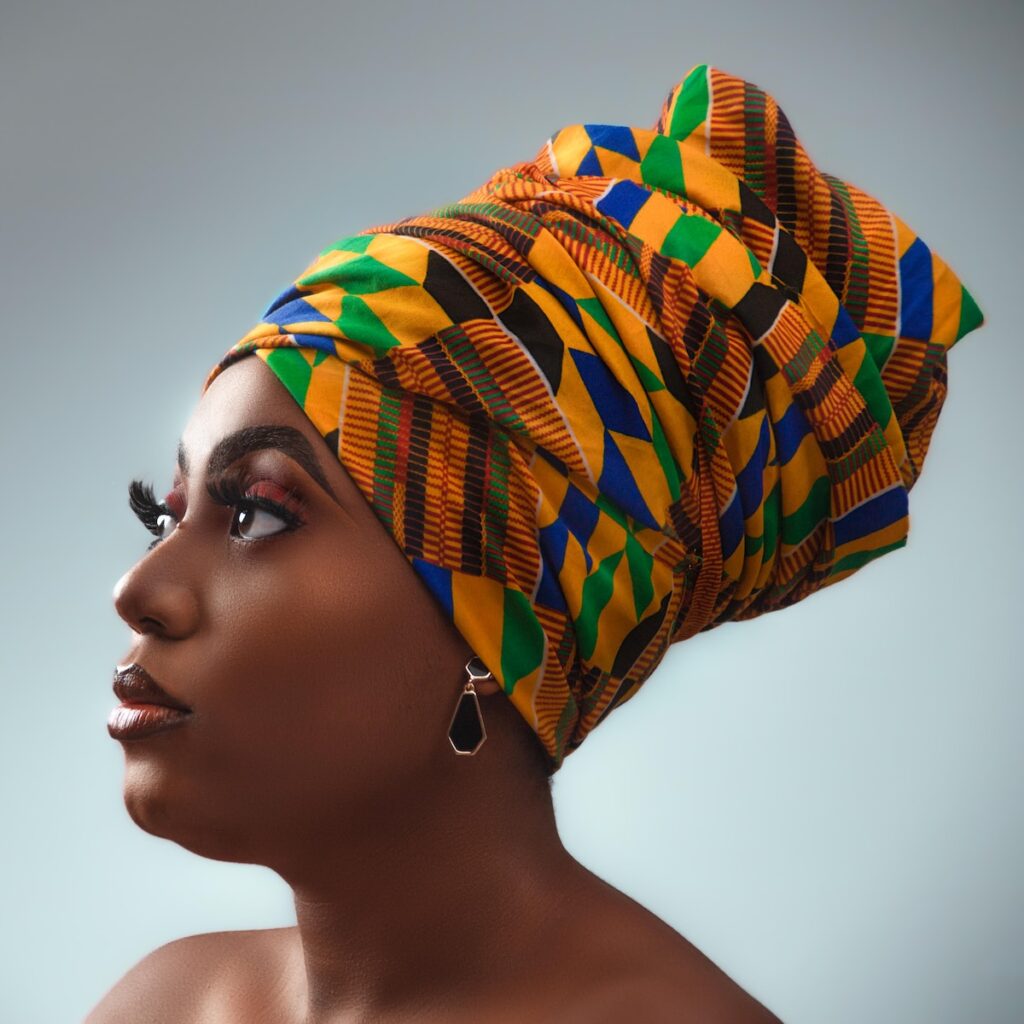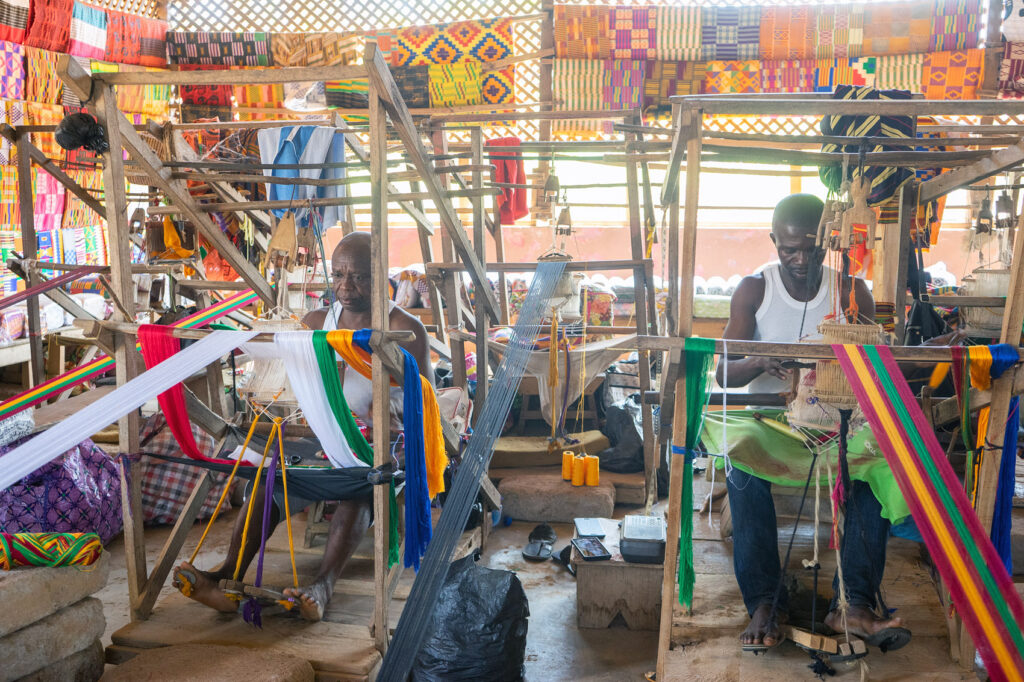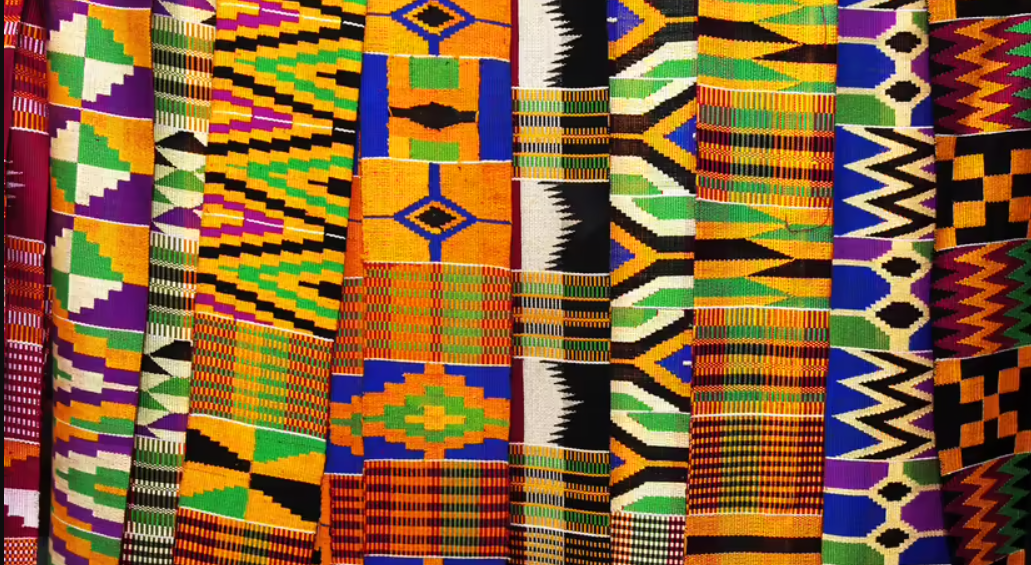
Kente cloth is a vibrant and intricately woven fabric that holds a special place in Ghanaian culture. This tradition, dating back centuries, is a testament to the craftsmanship and artistic expression of the Ashanti and Ewe people. Kente cloth is more than just clothing; it’s a symbol of identity, status, and cultural pride. In this article, we delve into the world of Kente weaving, exploring its history, significance, and the intricate process behind creating these stunning textiles.
Kente cloth is characterized by its bold, colorful patterns and geometric designs. Each color and pattern has its own symbolism, conveying messages of wisdom, bravery, royalty, and more. Kente is often worn on special occasions such as weddings, funerals, and festivals, making it an integral part of Ghana’s cultural celebrations. The weaving process itself is a communal effort, with each strip of cloth representing a thread in the larger fabric of society. It’s not just a textile; it’s a living tradition that binds communities together.
Kente weaving is a skill passed down through generations, and the weavers, known as “master weavers,” are highly respected individuals in their communities. They use traditional wooden looms to create these masterpieces, with the entire process, from dyeing the threads to weaving the intricate patterns, done by hand. Kente is not just a symbol of Ghana but has gained international recognition, making its way onto fashion runways and academic ceremonies worldwide. Its enduring popularity is a testament to the timeless beauty and cultural significance of this African tradition.



